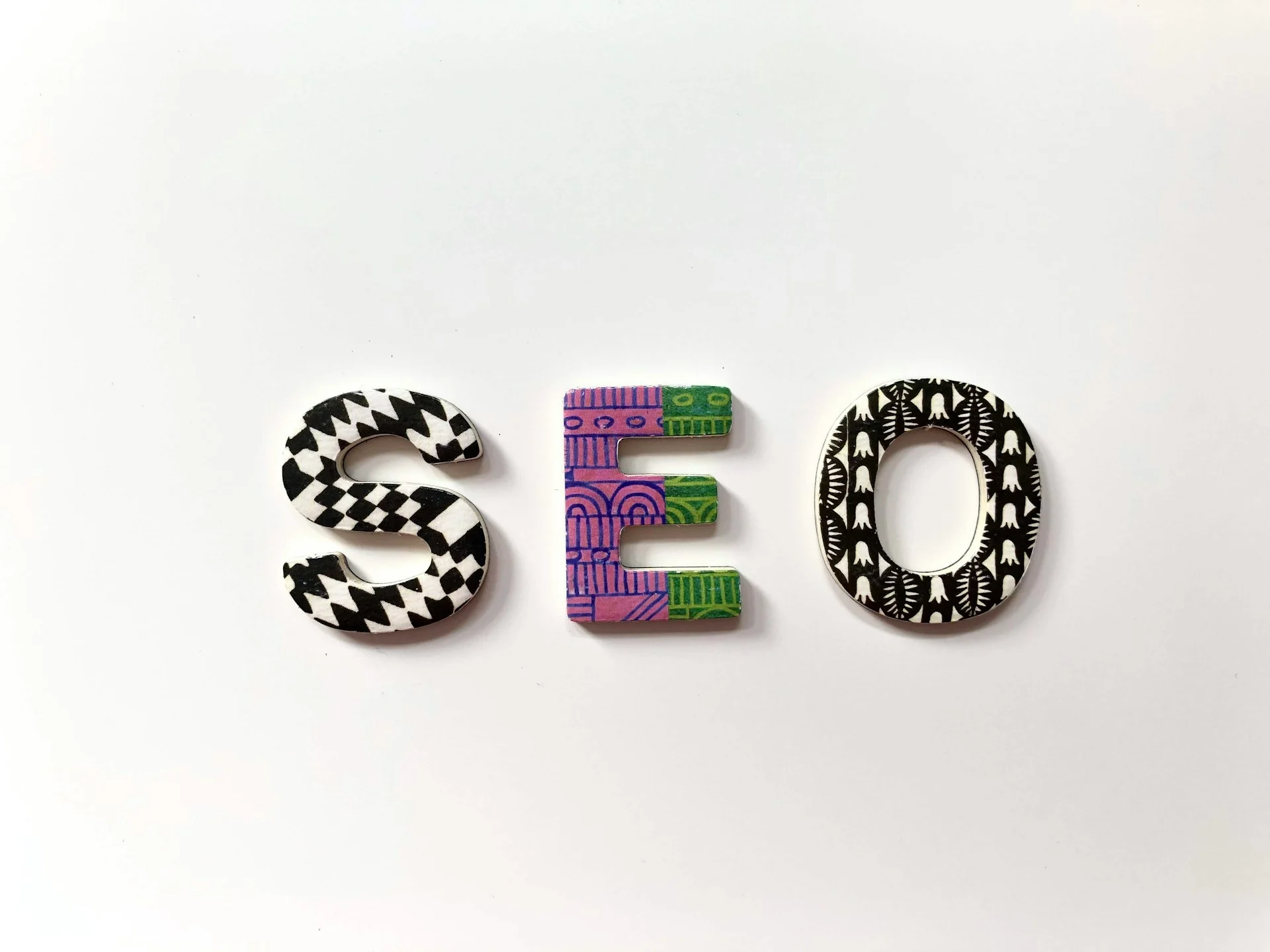Are multiple H1 tags bad for SEO in your blog?
- Edy Werder
- Published on:

Multiple H1 Tags on a Page: Impact on SEO and Best Practices
Using multiple H1 tags on a single page has been a topic of much discussion among SEO professionals and web designers. This conversation revolves around the balance between SEO best practices and the evolving standards of web development, particularly with the adoption of HTML5. Understanding the impact of multiple H1 tags on a page's SEO and how to use them effectively is crucial for optimizing web content for search engines and improving user experience.
Historically, the recommendation was to use only one H1 tag per page. This was based on the premise that a single H1 tag helps search engines understand the main focus of a page, making it easier to index and rank the content appropriately. However, with the introduction of HTML5, the semantics of web pages have evolved. HTML5 allows for a more structured document outline where each sectioning element (like <article>, <aside>, <nav>, and <section>) can have its own H1 tag to indicate the start of a new section or topic within the page.
Search engines like Google have adapted to these changes. They now possess a sophisticated understanding of web page structures and can interpret multiple H1 tags within the context of the page's content. Google's John Mueller has confirmed that Google's algorithms do not penalize pages for having multiple H1 tags. The primary concern for search engines is whether the content is valuable and relevant to users, not how many H1 tags are used.

However, this doesn't mean the indiscriminate use of H1 tags is encouraged. Best practices suggest that H1 tags should outline the main topic or purpose of each distinct section of content on a page. This helps maintain a clear and hierarchical information structure, benefiting users and search engines. Each H1 tag should be relevant and descriptive of the following content, providing clear cues about the structure and content of the page.
Edy's Recommendation
From an SEO perspective, search engines like Google have become much more sophisticated in their ability to parse and understand web content. Google's John Mueller has stated that the search engine's algorithms do not penalize sites for using multiple H1 tags. Instead, Google focuses on how well the content serves the user's intent, regardless of the number of H1 tags used.
That said, while using multiple H1 tags is not bad for SEO, using them judiciously is crucial to maintaining a clear and logical structure for your content. Each H1 tag should accurately reflect the theme or topic of the content it introduces.
I recommend using an SEO plugin like Rank Math for your WordPress blog.